I work in the area of computational biophysics. In short, I study the jiggling and wiggling of proteins using molecular dynamics simulations to understand how they function and how we might target them. During my PhD, I developed coarse-grained (CG) force fields for a wide range of sugar molecules, including glycans and glycosaminoglycans. These models helped us investigate how sugars interact with viral proteins as well as receptor proteins. I am broadly trained in computational methods for tackling biophysical problems, spanning molecular modeling, simulation, and data-driven analysis. More recently, I have become deeply interested in machine learning especially protein language models and how these emerging tools can help uncover biological mechanisms, predict mutational effects, and accelerate therapeutic discovery.
Outside of research, I’m a photography and drone enthusiast, and I love experimenting with new techniques to create digital art. When I’m not running simulations, you’ll likely find me behind a camera, editing visuals, or exploring creative projects from above.
Aishwary Shivgan
aishwaryshivgan55@gmail.com
Experience
Execution of all GISAID Data Science Centre (GDSC) tasks to ensure fulfilment of the GDSC’s role in pandemic preparedness and response of GISAID.
Coordinated multiple projects simultaneously and liaises with the GISAID Operations Centre (GOC) and GISAID’s global scientific and technical teams to ensure the advancement, the deployment and integration of tools on the GISAID platform




Scientist (May 2021 - April 2025)
Worked with pharmaceutical company (Black Diamond therapeutics) for investigating the structural mechanism of action of BDTx189, a promising kinase inhibitor against rare kinase mutations observed in glioblastomas and non-small cell lung cancers.
Advanced simulations techniques along with machine learning algorithms were used for elucidating drug bound kinase conformations and their critical interactions.
Program Manager (April 2025 - Current)
Education
Master of Science (MS), Computational Analytics
Georgia Institute of Technology (GaTech) - [May 2021 - Current]
To understand the machine learning at a highly technical level, I am currently pursuing OMSA course at GA tech. The course focuses on selecting, building, solving and analyzing models using variety analytical techniques such as regression, forecasting, data mining, machine learning, optimization, stochastics, and simulation.
Doctor of Philosophy (PhD), Computational Biophysics


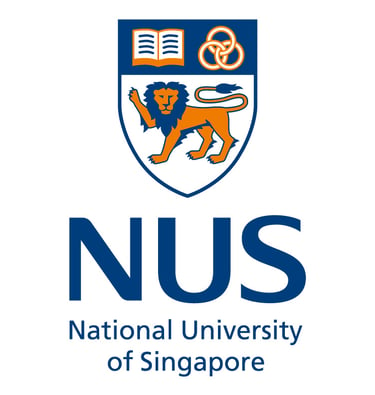

National University of Singapore (NUS) - [Aug 2016 - Aug 2020]
My Ph.D. was focused on Coarse-grained forcefield development for all things sugars. I have extended the MARTINI CG forcefield towards glycans and glycosaminoglycans. We have used these models to study oligomerization in Epidermal growth factor receptors, DENV envelope proteins as well as SARS-COV-2
Bachelor and Master of Science (BS-MS), Chemistry / Biology
Indian Institute of Science Education and Research, Pune (IISER) - [Aug 2011 - June 2016]
During my time in IISER I honed my specific research field by trying out few research areas in ecology, organic synthesis and ended up finding my interest in computational biophysics.
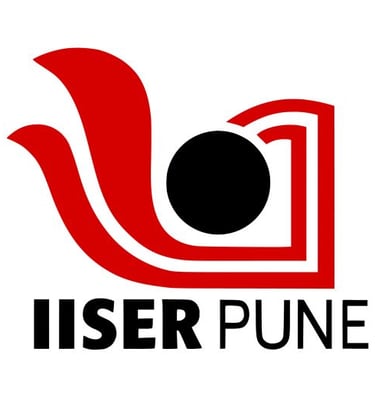

Portfolio
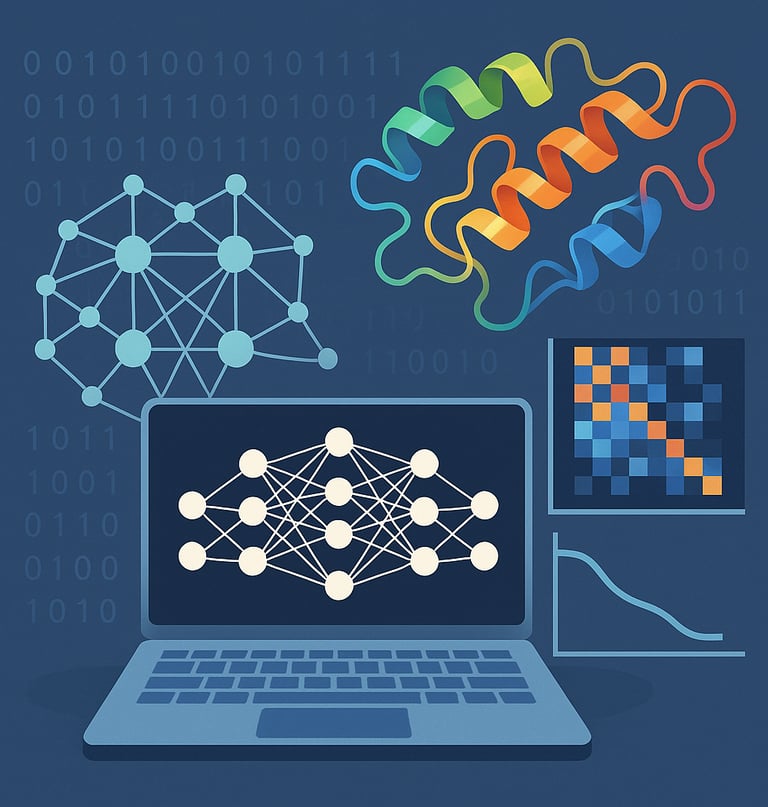

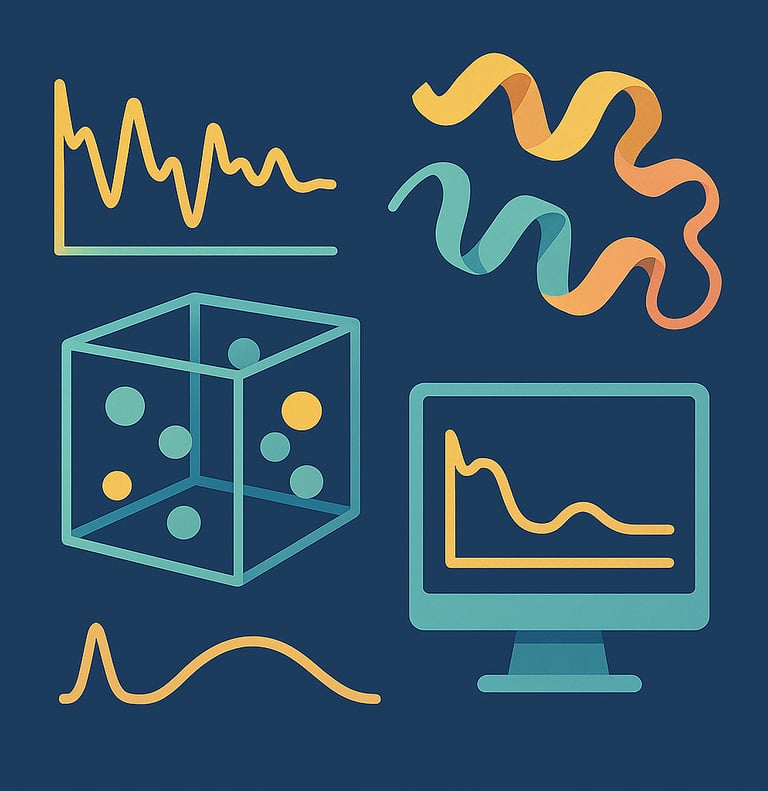

Protein design
Advanced algorithms to predict, optimize, and generate protein structures with desired functions. By analyzing vast biological datasets, these models accelerate the discovery of novel proteins for therapeutic, industrial, and research applications, offering unprecedented speed and precision compared to traditional methods.
Molecular dynamics simulations
Computer-based methods that model the physical movements of atoms and molecules over time. By using physics-based force fields, MD allows scientists to visualize how biomolecules like proteins and DNA behave in realistic environments — helping to reveal their structure, flexibility, and interactions at various resolution.
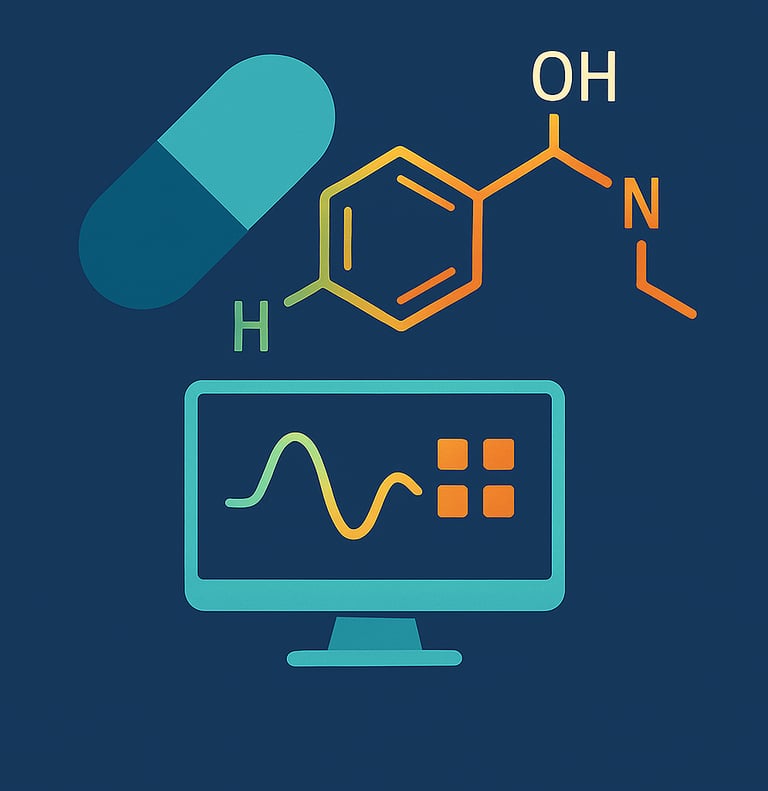

Drug Discovery
Development of novel drugs by applying computational techniques to identify potential drug targets and design small molecules with high binding affinity. Conducted virtual screening and molecular docking studies.
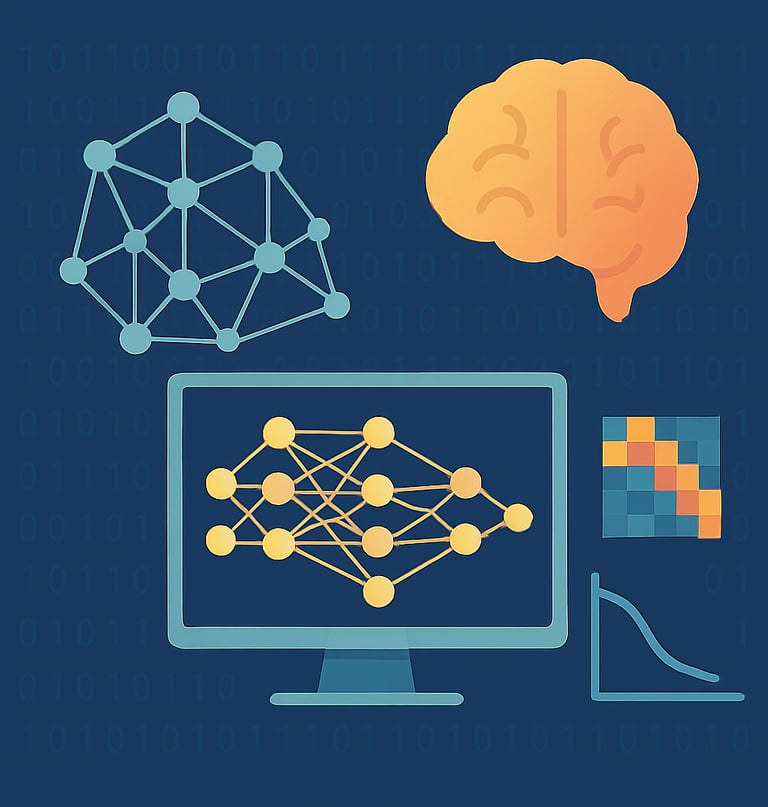

Deep Learning
Subset of machine learning that uses neural networks with multiple layers to analyze complex patterns in data. Inspired by the human brain, it powers advanced technologies like image recognition, natural language processing, and autonomous systems — enabling machines to learn from large datasets and make intelligent decisions


Created visually appealing and informative data visualizations to present complex biological data in a clear and intuitive manner. Utilized tools like D3.js and matplotlib to generate interactive and publication-quality plots.
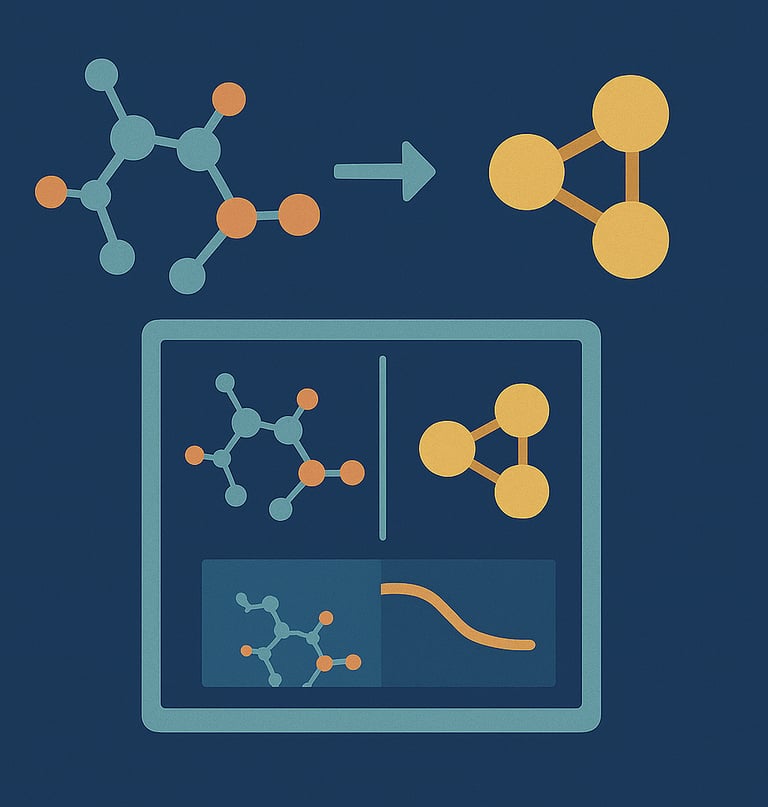

Multiscale modelling
Using the Martini coarse-grained force field, complex biomolecular systems can be simulated efficiently over longer timescales — capturing essential dynamics like membrane organization, protein folding, and large-scale conformational changes with reduced computational cost.


